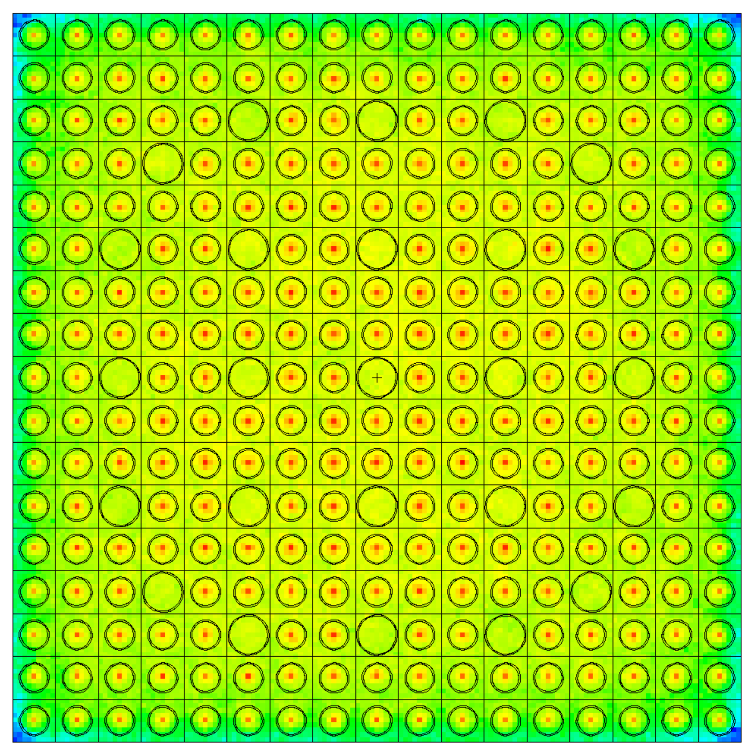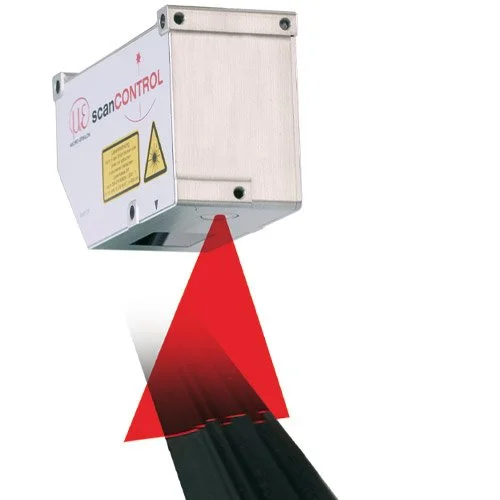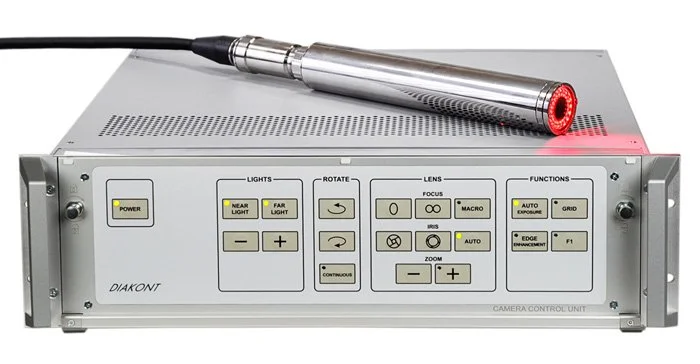INL Instrumented Elevator
During the first half of 2022, myself and three group mates worked with Idaho National Labs to completely redesign a system for performing non-destructive analysis of radiated fuels during neutron radiography experiment pass throughs in one of their reactor facilities. Below is a look at the whole process from ideation and prototyping to a fully designed and tested machine.
The first step in this project was to set up a list of design objectives and goals for our elevator design. These goals included:
Lifting up to 2000 pounds with a max of 5000 pounds
Translational up-and-down motion and rotational motion
Millimeter translational precision and arcsecond rotational precision
Being capable of securely holding examination specimens in place
Dose rate in the loading room below 5 mRem
Hold a visual examination system, precision gamma scanner, and profilometer
Radiation Testing
Before working on the design of the elevator, we also had to get a better understanding of the radiation that would come off of the fuel samples being tested. To do this, the reactor facility was modeled in MCNP (a program that can calculate movement of different particles in a 3D space). Once the model was created, we added in the fuel composition of a 17x17 PWR assembly which is the largest fuel sample tested at the facility. With the assembly in place, various tests were done to find the gamma energy deposition and gamma flux within the facility. The results of these test, shown below, give us a clear understanding of areas within the facility where our optical sensors can be placed to substantially reduce radiation damage.
Prototyping & Final Design
Once we had an analytical result of how much radiation was inside of the facility, we were able to work on designing the instrumented elevator. The shaft that would be housing the elevator was cylindrical requiring a uniquely designed elevator to fit inside of it. Through a set of prototypes, we were able to come up with our final design which consist of a spinning plate that can hang the fuel in the center. It uses steel ropes with hoist at the top to lift and drop the elevator, as well as rails to guide the elevator. The elevator model was designed inside of SolidWorks and the final design was then put through a series of test to determine its lifting capabilities, rotational accuracy, and radiation shielding abilities. The results of these test showed that the elevator has a minimum factor of safety of 6.2, and is capable of arc second rotational accuracy due to highly accurate rotary encoders being placed inside.
Optical Instruments & Testing
The final step of this project was to find and test optical instruments capable of performing the necessary testing and equipping them with lead shielding to protect from the radiation. The instrumentation needed included a camera used for visual examination, a precision gamma scanner used to measure the activation profile, isotope distribution, and relative fuel burn, along with a profiler which is used to measure the length and diameter of fuel specimens along with any swelling or cracks in the material. The instruments were tested and each shielded with around 1000 pounds in lead to prevent from radiation damage. Finally, we combined all the separate parts into one final model to share with Idaho National Labs.
ORTEC GEM100-108-ICS
Micro-Epsilon scanCONTROL 30x2 2D/3D laser scanner
Diakont-D40 Nuclear Grade Camera










